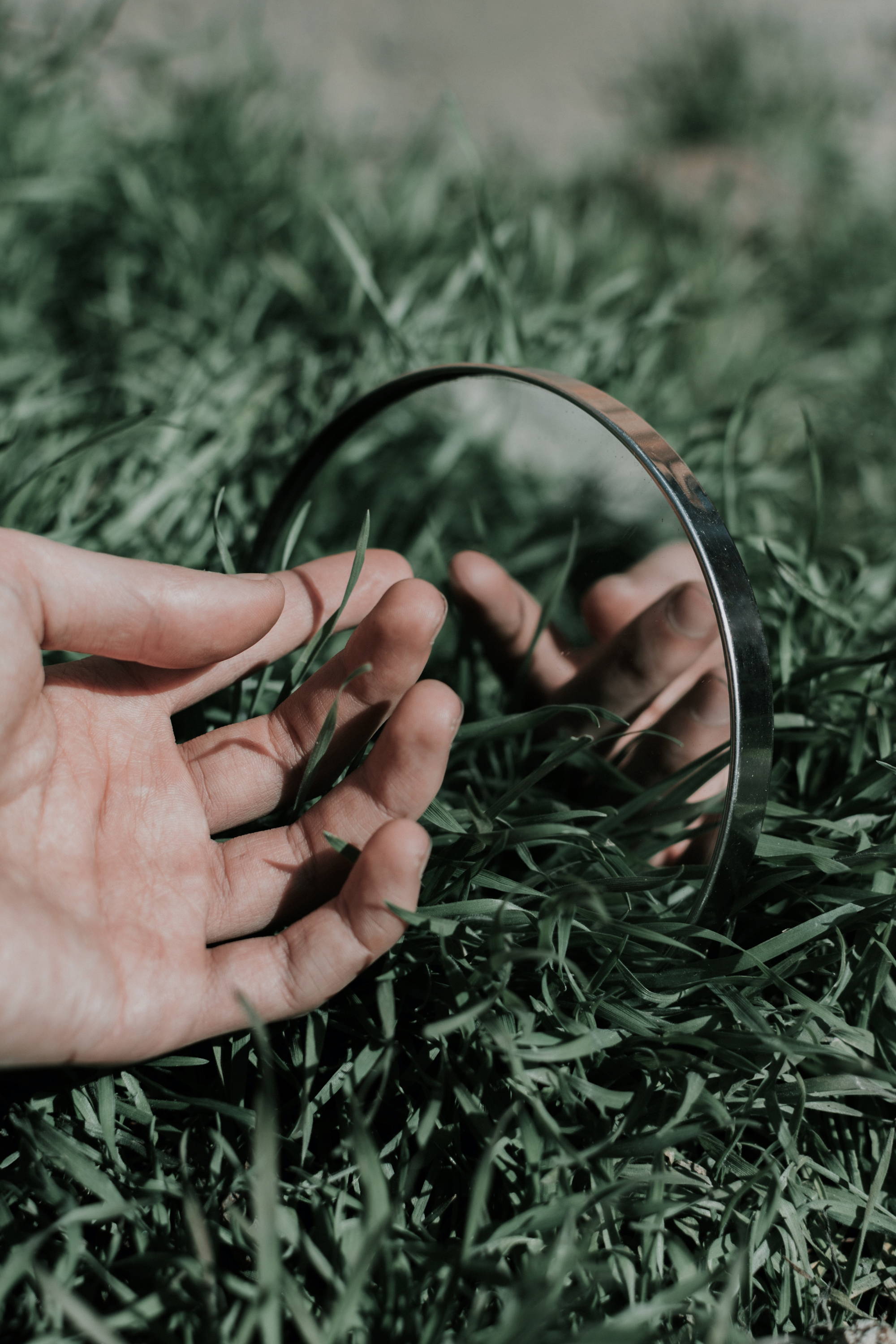“I do not understand what I do. For what I want to do, I do not do, but what I hate, I do...For I have the desire to do what is good, but I cannot carry it out. For I do not do the good I want to do, but the evil I do not want to do—this I keep on doing…Who will rescue me from this body that is subject to death? Thanks be to God, who delivers me through Jesus Christ our Lord!”
— Romans 7:15, 18-19, 24-25
In some ways, Good Friday—the day commemorating the death of Jesus Christ—can be like looking in a mirror. We cannot help but see the darker impulses of humanity bleeding through the narration of this dreadful scene. As Jesus’ closest followers abandon him, we are haunted by the specters of our own betrayal and denial of others in their hour of need. Hearing the scorn and ridicule of the angry mob calling for Christ’s execution, we cannot ignore the echoes of our our mocking or belittling voices, unleashed under the anonymity of being just another face in the crowd. Before all the wanton abuse and violence that ultimately results in the wrongful death of one who is innocent, we recognize all too well the fear and temptation to make someone else our scapegoat, to let someone else take the blame, to have someone else bear the pain of our inner demons.
We don’t like to catch sight of this part of ourselves. It is hard to reconcile how harmful and destructive we can be with the great potential and cultivation of beauty we also perceive within. No one sets out to become a villain. Yet, even with the best of intentions, we can end up doing more harm than good. And so, we become our own worst enemies. The apostle Paul’s self-confession and plea strike a chord, giving voice to our shared internal conflict: “I do not understand what I do. For what I want to do, I do not do, but what I hate, I do.”
Many choose to avoid this gnawing paradox by varying means of distraction. However, purposeful ignorance ultimately proves not to be bliss. Because no matter what we do, the beast inside always manages to rear its ugly head and, in its wake, only widens and deepens the well of our guilt and shame. We may try to minimize or rationalize the reality of our divided self by arguing, “Nobody’s perfect.” And yet, despite such protestations, we can’t let go of the sense we have been created for more than what we settle for—what we accept as normal.
Such an instinct is not merely wishful thinking on our part. It is an impulse instilled in us by the God in whose image we are created. Like a beacon, it calls us to look beyond our brokenness, beyond the messes we make, and to rediscover the means for becoming whole again. Instead of remaining lost and overwhelmed, staring into the mirror, our gaze is turned to the face of our salvation. For in Jesus Christ, the Image has become the reflection revealing the spectrum of who God is, who we are apart from God, and who we can become.
Broken though we may be, our lives are not shattered beyond reconciliation or renewal. The fault lines in our character are not final; they are but cracks to be filled and mended by grace. For a life is not taken on Good Friday; it is given—willingly and sacrificially—in the name of unconditional, divine love. Love that forgives in order to heal. Love that proves stronger than anything that stands against us—even the jagged edges of death’s shadow. Love that resurrects not just the body of Jesus on a Sunday but the Body of Christ day after day amid its growing pains—its joys, sorrows, and failures in reflecting the truth and beauty of God.
On this Friday that at first glance appears to be nothing more than another nightmare, we perceive goodness in the last place we expected to find it. For in the intersection of our flawed existence and a crucified God in Jesus Christ, the fatal paradox of the human condition is exchanged for a life-giving, divine mystery that saves. Light overtakes the darkness. Mercy eclipses hate. Peace stills the chaos of violence and death. And as “It is finished” (John 19:30), silencing and quieting conflict, a heavenly seed of promise and possibility is planted—a seed of hope that will eventually, inevitably break forth and rise to make all things new.
Words: ChrisTweitmann
Images: Taras Chernus, Annie Spratt



